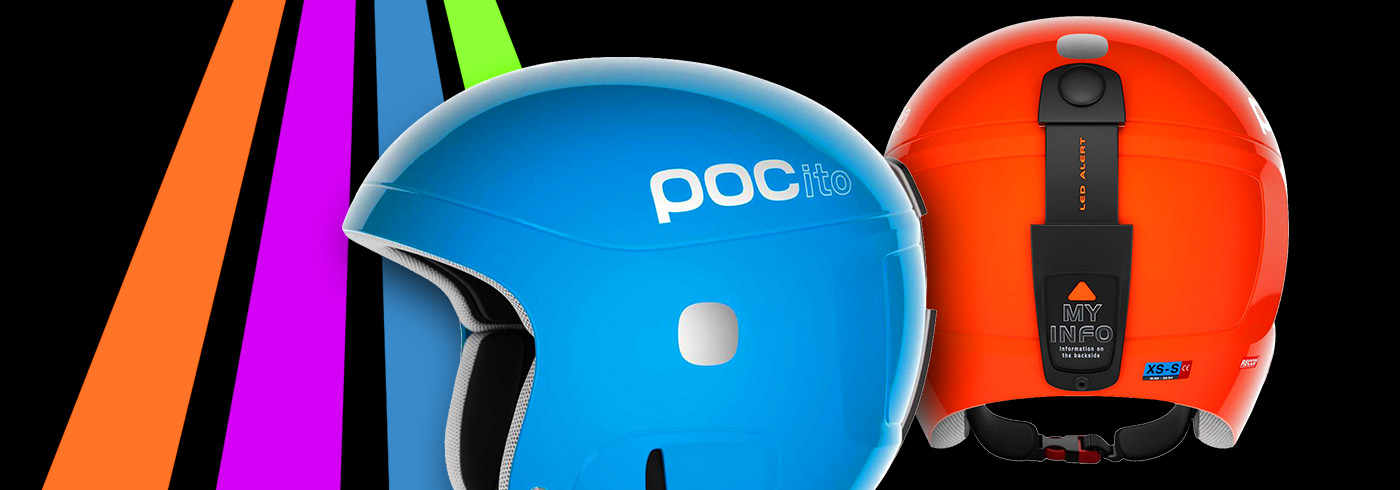
Helmets - Buying guide and measurement table
Our staff of ski professionals has prepared a detailed guide, to help users identify the most suitable products for the technique and style practiced.
Not only are helmets cozy and comfortable to wear while getting off on skis and snowboards, but they can prevent head injuries and - literally - save your life. There are specific helmets designed to withstand the more or less extreme cold, to accommodate the mask and certified according to the level of protection offered. When you're looking for a helmet, you have to consider:
Size and fit
Some advice on measuring your head size
Take a soft meter and wrap it around your head about 1 cm away above your eyebrows and ears. If the circumference of your head is 56 centimeters, you will choose a helmet measuring 56 centimeters or medium (55-58cm).
If you don't own a soft meter take a piece of twine or string and wrap it around your head, then measure the twine.
Trying the helmet on
After receiving your helmet, try it. You have to feel comfortable. A helmet that fits well must be adhered around the head so as not to move. You don't have to feel any empty space between your helmet and your head. Also pay attention to any pressure points that can cause pain.
Shake Test
Prova a scuotere la testa indossando il casco. Se il casco “balla” muovendosi più della testa è troppo grande. Prova ora con le mani a spostare il casco a destra e a sinistra, su e giù. Dovresti sentire il cuoio capelluto deve muoversi con il casco. La chiusura della fibbia sotto il mento non ha impatto sulla scelta della misura del casco, ma prova la regolazione della lunghezza in modo che risulti ferma ma confortevole.
Wearability
If you feel your head crushed or your helmet can't cover it all, then it's too tight. Remember that the helmet must be comfortable enough to be worn throughout the day.
If everything works the helmet is the right one and you are ready to safely face your days in the snow!
Match the mask
Of course the mask must adapt to the helmet, passing the elastic band that holds it on the outside of this. There should be no space between the top of the mask and the helmet; this space, referred to as a "mask gap" can expose the forehead to the cold. Lately, it has become increasingly popular to wear the mask under the helmet. This choice is mainly a matter of style and should only be made if the helmet fits properly even above your mask.
Protecting children
The rules for trying the helmet are the same as for adults, but it is more difficult for children to describe the sensations they feel with the helmet worn. Make sure that the helmet dresses well and that the little ones do not complain of pain or impatience.
Do not buy a helmet with space for the growth of the child at all: if it is too big, it is not safe!
Style and models
There are 3 different helmet models: the Full Shell,the Half Shell and the Full Face.
Full Shell
These helmets provide complete coverage and help block the impact of external elements. Athletes wear full-face helmets and often this model is also proposed for children. This helmet gives you a cover that can help increase head protection and on the sides for your ears if you ski fast, try jumps and new techniques.
Half Shell
A soft protection of the ears in the design of the helmet makes this helmet very comfortable and therefore popular. Other advantages are greater freedom and less sound insulation.
Full Face
The best for safety, thanks to a one-piece shell that protects the jaw. These helmets are great for Big-Mountain skiers who go at high speeds and expose themselves to higher risk situations, and are therefore willing to sacrifice some comfort to better protect themselves